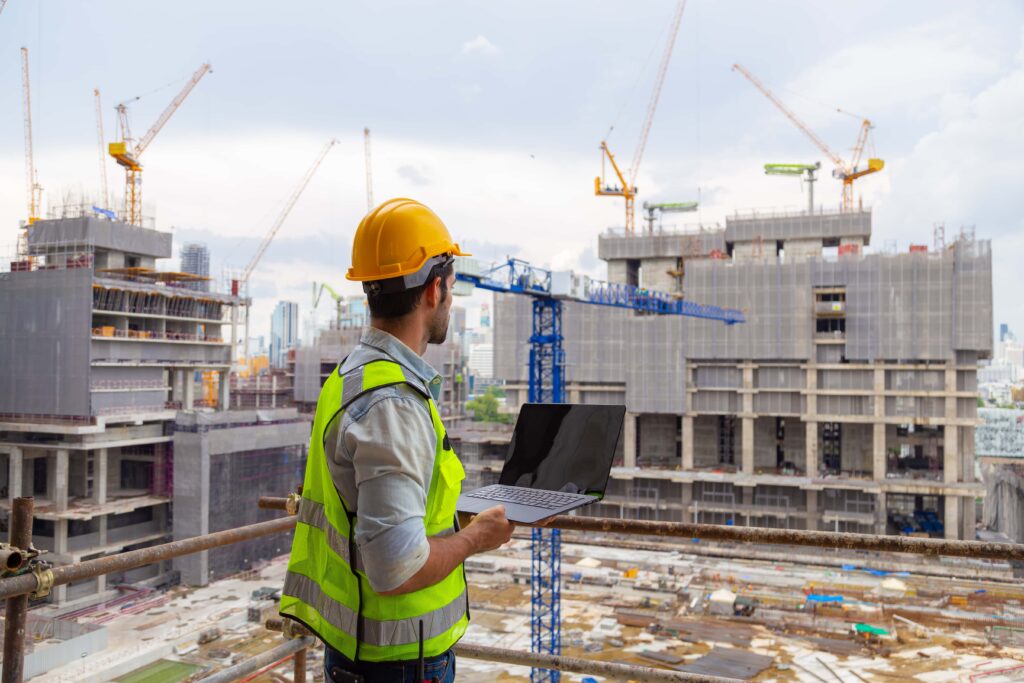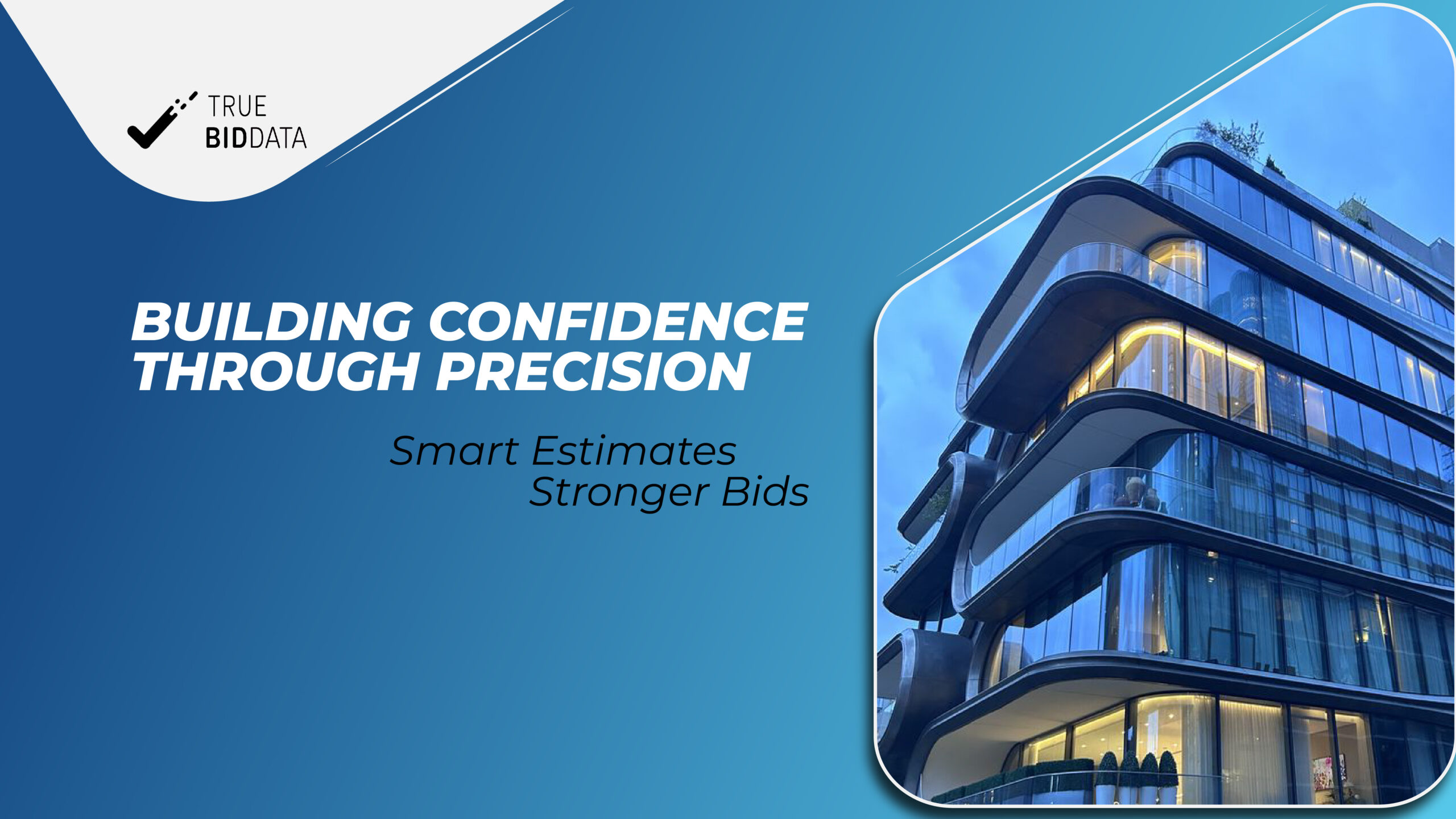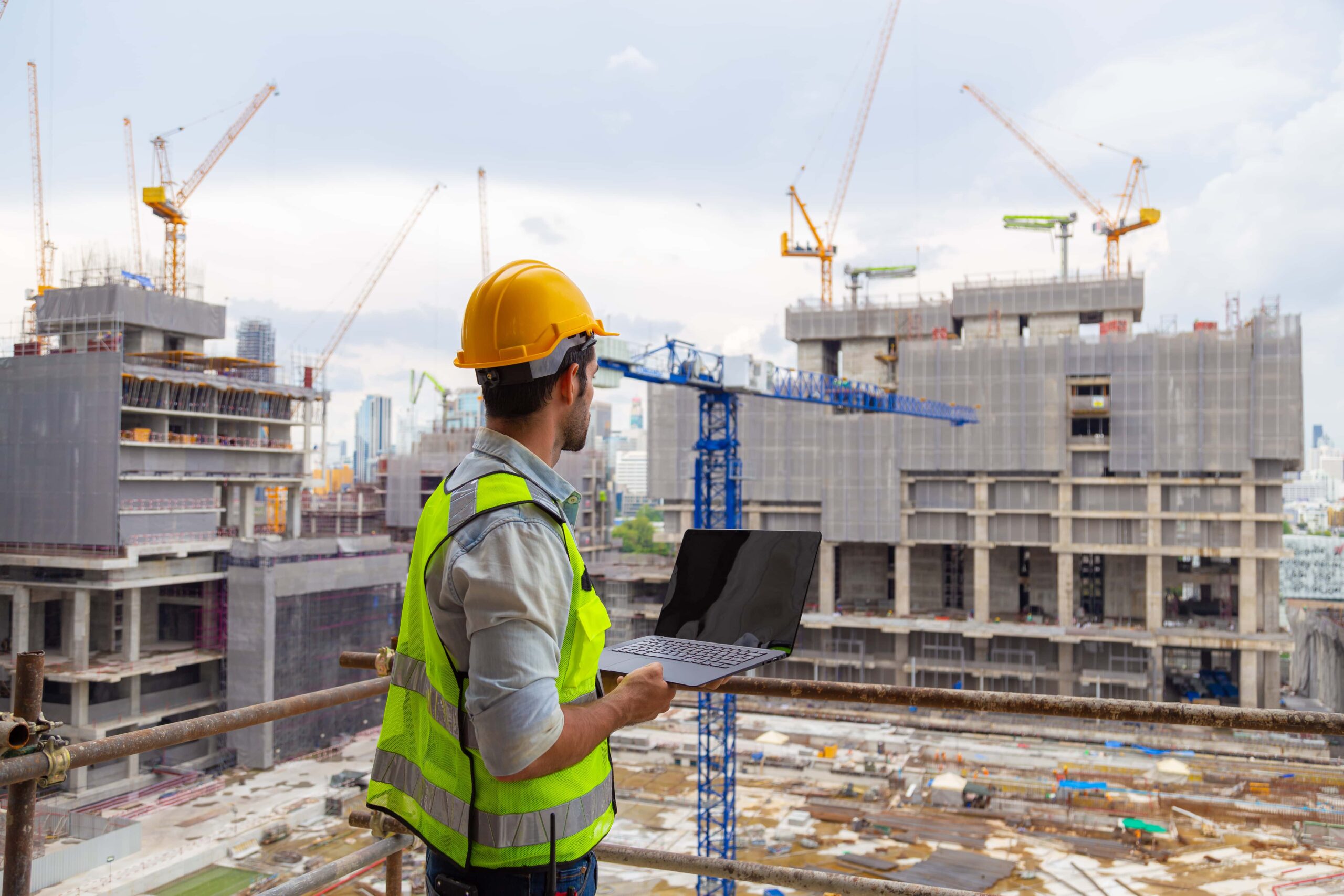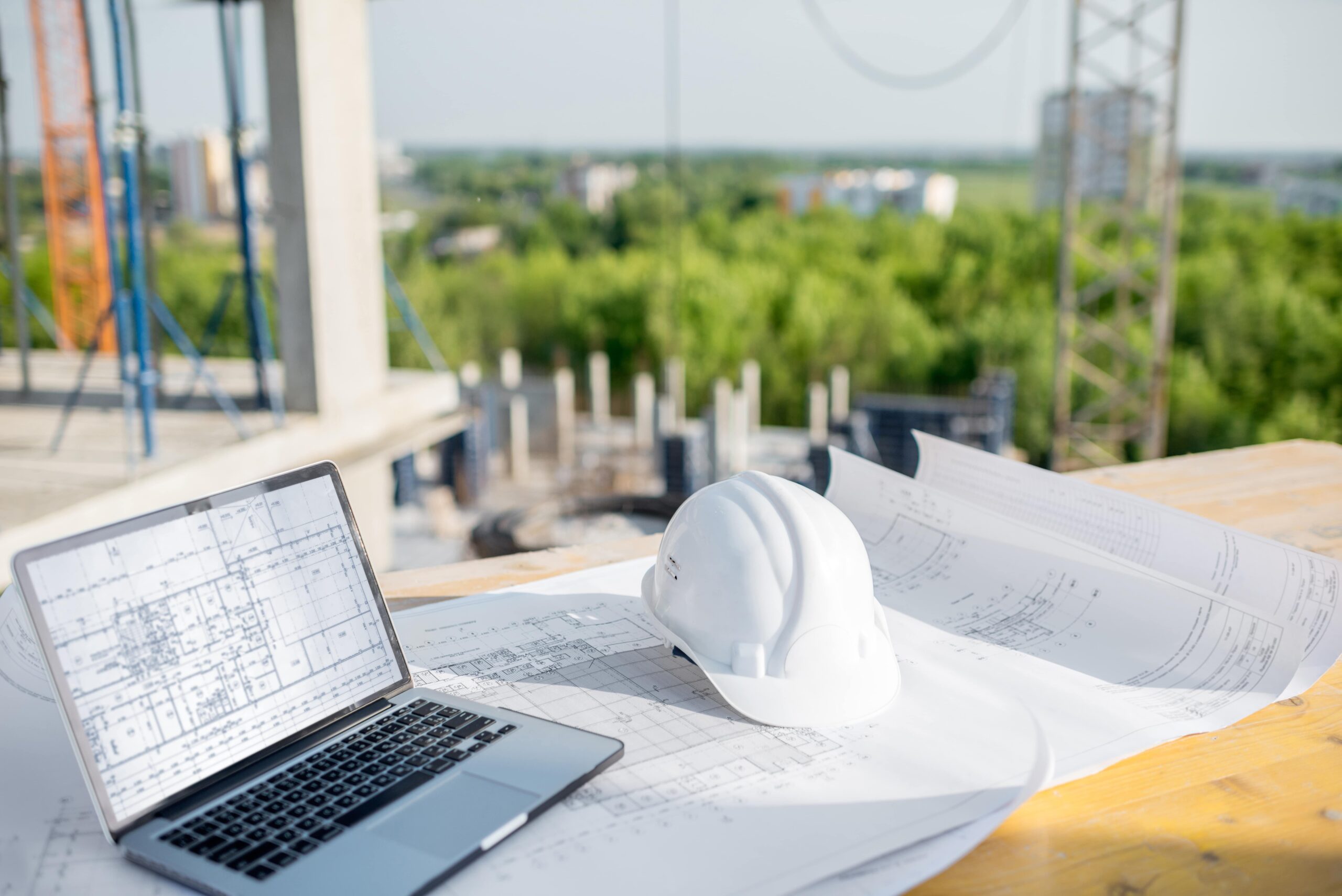
In the competitive and rapidly changing landscape of New York City construction, the estimation of construction cost has become far more than an accounting exercise—it’s a data-driven process central to success. With real estate demands, material price volatility, and regulatory complexity all intersecting, accurate cost estimation depends increasingly on analytics, insight, and digital strategy.
At True Bid Data, estimation is viewed as a predictive science powered by information. By leveraging structured datasets, automation, and AI-enhanced analytics, construction professionals can forecast with confidence, optimize resource allocation, and mitigate risk. The result: smarter decision-making that matches the pace and precision NYC’s building environment demands.
From Manual Calculations to Data-Driven Forecasting
Traditional approaches to the estimation of construction cost often relied on manual methods—static spreadsheets, outdated price books, and isolated project records. But in New York City’s dynamic construction market, static methods can’t keep up with fluctuating material prices, evolving regulations, and supply chain unpredictability.
Data analytics replaces guesswork with evidence. True Bid Data’s analytical framework consolidates real-time material costs, labor market data, weather patterns, and vendor performance metrics into predictive models. These insights empower firms to not only estimate current costs but also forecast future variations based on market conditions.
This transition from manual estimation to analytical precision marks a turning point in how NYC firms approach project planning and financial strategy.
Predictive Modeling: Anticipating the Future of Construction Costs
Predictive modeling has become one of the most powerful tools in cost estimation. It uses historical data, current trends, and external indicators to forecast potential outcomes and prevent financial surprises.
For example, predictive models can simulate the effect of inflation on concrete prices six months from now or estimate how labor demand might shift with new city infrastructure projects. By testing multiple cost scenarios, estimators can prepare contingency plans grounded in real data—not speculation.
For NYC firms competing in a market where timing and accuracy define profitability, predictive analytics represents a fundamental advantage.
Integrating Digital Strategy into Cost Estimation
A forward-thinking digital strategy amplifies the impact of analytics in construction cost estimation. By integrating cost data platforms, project management tools, and supplier networks into a unified digital ecosystem, companies can maintain seamless communication and real-time financial visibility.
Through True Bid Data’s digital integration approach, NYC construction firms can:
- Access live updates from supplier APIs and cost databases.
- Instantly recalibrate budgets when design changes occur.
- Collaborate across teams using shared dashboards and visualization tools.
This connected ecosystem ensures that estimation remains accurate throughout the project lifecycle—from design and bidding to execution and post-construction review.
The Value of Geospatial and Local Market Data
In New York City, location is a key driver of cost. Geospatial analytics and local market intelligence bring a new level of depth to the estimation of construction cost.
These datasets consider:
- Site-specific variables like soil quality and flood zone classification.
- Transportation and logistics costs for material deliveries.
- Local zoning restrictions and permit timelines.
For instance, a residential tower in Midtown will face vastly different logistical and labor expenses compared to a warehouse in the Bronx. Integrating such localized data ensures that cost estimates mirror the real-world conditions of NYC’s urban environment.
True Bid Data combines these insights to deliver tailored, borough-specific estimation strategies for maximum financial precision.
Transparency and Collaboration Through Data Visualization
Transparency is crucial in construction, especially in a city with complex stakeholder structures. Data visualization and dashboard reporting provide clarity across all levels of a project.
Instead of static reports, NYC construction teams can now visualize costs in real time—tracking material pricing, contractor performance, and schedule deviations. This transparency fosters trust between developers, clients, and contractors, reducing disputes and improving accountability.
With True Bid Data’s visualization tools, cost estimation becomes a shared language—where data tells the story behind every number.
Sustainability Metrics in Cost Estimation
As sustainability becomes integral to NYC’s construction policy, data analytics allows cost estimators to incorporate environmental metrics into financial projections.
Through lifecycle cost analysis, estimators can measure both short-term and long-term expenses of sustainable building choices—such as energy-efficient systems or recycled materials.
Data-driven sustainability modeling allows developers to see not just how eco-friendly choices impact the budget, but also how they generate future value through energy savings and regulatory incentives.
This holistic approach aligns construction cost estimation with New York’s broader goals of carbon reduction and green innovation.
The Role of AI and Automation in Construction Estimation
Artificial intelligence and automation are redefining the estimation of construction cost by enhancing both speed and accuracy.
AI systems learn from past project data to identify inefficiencies, benchmark costs, and suggest optimized pricing structures. Automation ensures that every new data input whether from a design modification or supplier update—automatically recalibrates total costs.
This technology reduces human error, saves time, and supports more informed strategic decisions. For NYC firms competing in a demanding market, AI-driven estimation is not a luxury it’s a necessity.
Strategic Insights: Turning Data Into Competitive Advantage
The real value of data lies in how it shapes strategy. With advanced analytics, construction firms gain insight into market patterns, cost benchmarks, and supplier performance, helping them anticipate challenges before they occur.
True Bid Data enables decision-makers to:
- Compare cost trends across boroughs and project types.
- Benchmark historical project performance to improve accuracy.
- Identify emerging risks that could affect future bids.
By treating cost estimation as a data science rather than a clerical task, NYC construction firms position themselves to make faster, smarter, and more profitable decisions
Conclusion: Building New York’s Future Through Data Intelligence
The estimation of construction cost has entered a new era—defined by analytics, automation, and continuous learning.
In New York City, where precision drives progress, firms that harness data will outpace those relying on outdated methods. Through predictive modeling, digital integration, and transparent visualization, True Bid Data empowers builders to turn information into intelligence and estimates into strategy.
In the future of NYC construction, success won’t belong to the lowest bidder it will belong to the most data-driven one.




